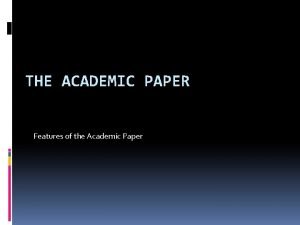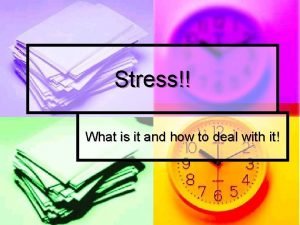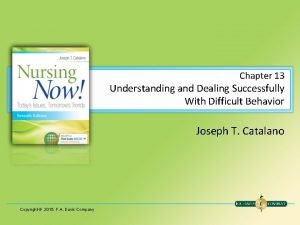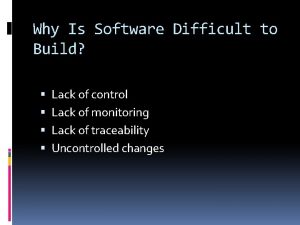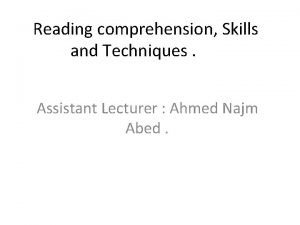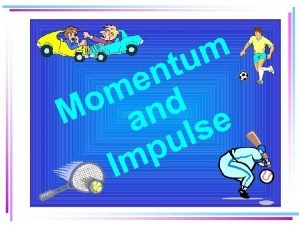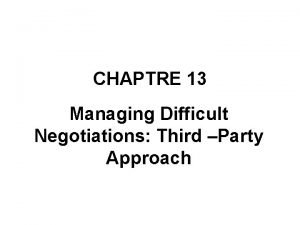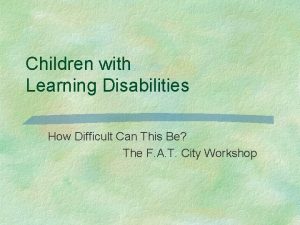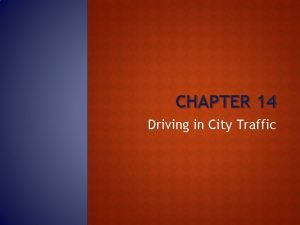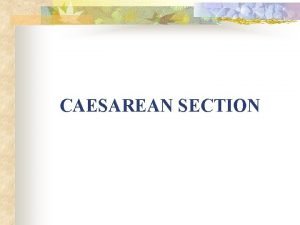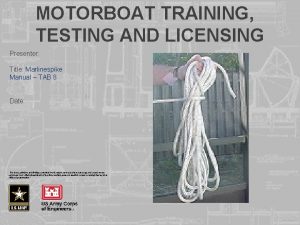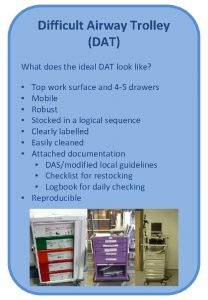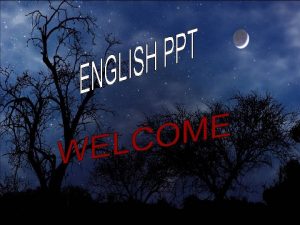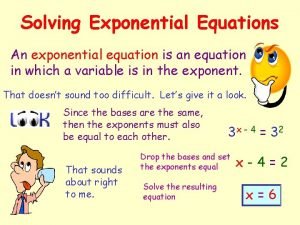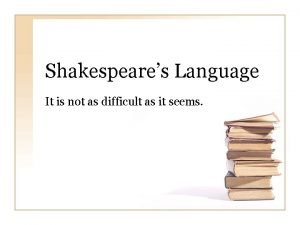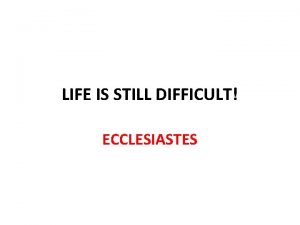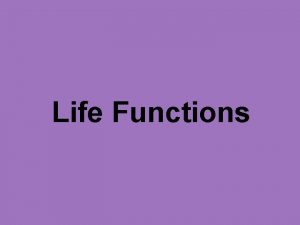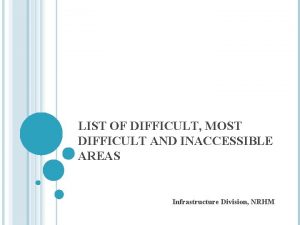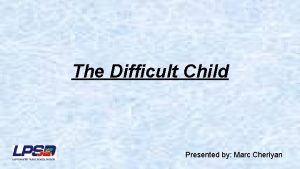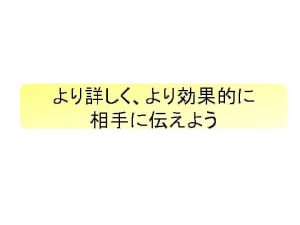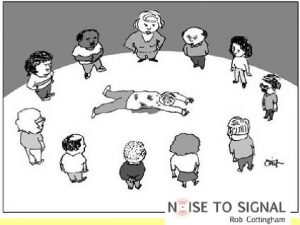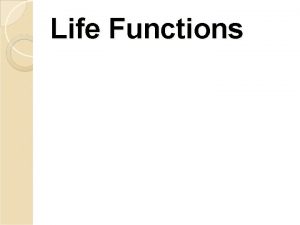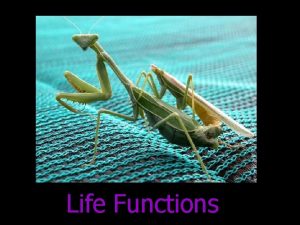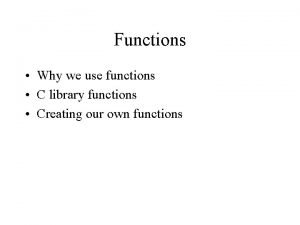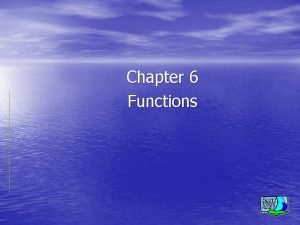Life Functions What is Life Life is difficult


































- Slides: 34

Life Functions

What is Life? Life is difficult to define. It is easier to simply list and describe its characteristics. Here they are: • Life is highly organized. • Nearly everything alive is organized on the "cellular principle". That is organisms are comprised of one or more cells. • Across the spectrum of life, cells have many complex molecules and are highly organized.

Unicellular VS. Multicellular • Unicellular- one celled organism – Example: amoeba, bacteria, • Multicellular- two or more celled organism (many cells) – Examples: humans, animals, fish, lizards

What are the Characteristics of Living Things? 1) Cells a) Smallest unit of life b) All living things are made of 1 or more cells 2) Metabolism a) Sum of all chemical reactions in the organism b) All “tions of” life Ex: Excretion

3) Homeostasis a) The ability to maintain a stable internal environment b) Examples: stable temperature, Oxygen, water 4) Reproduction a) Process by which organisms produce new organisms of their own kind • Key word: Offspring

All Organisms have: 1. 2. 3. 4. Cells Metabolism Homeostasis Reproduction

A. Life Processes 1. Nutrition • Obtaining and then changing materials (nutrients) into forms an organism can use. • Include: Ingestion, Digestion, Absorption

1. Nutritiona. Ingestion • Taking in food

1. Nutrition b. Digestion • The breakdown of complex food materials into forms the organism can use.

1. Nutrition c. Absorption • Process by which substances are taken into the cells of an organism

2. Respiration • Release chemical energy from certain nutrients.

3. Growth • Increase in size and number of cells

4. Reproduction: make more offspring a) Sexual reproduction has 2 parents and makes different offspring. EX: humans a) Asexual reproduction involves 1 parent that makes identical offspring. EX: Bacteria

5. Regulation • Coordination of activities that maintain homeostasis in a constantly changing environment.

6. Excretion • Removal of cellular metabolic waste by an organism (CO 2, H 2 O)

6. Excretion a. Egestion • Removal of undigested, solid material. • Ex. Fibers

7. Synthesis • Chemical combination of simple substances to form complex substances

8. Circulation & Transport • Process by which materials are moved throughout an organism • O 2, nutrients, waste are transported to and from cells

Assimilation • Incorporation of materials into the body of an organism

Homeostasis • Maintaining a stable balanced internal environment

Differentiation • Process by which cells become specialized for specific functions after fertilization takes place • EX: nerve cells, muscle cells, skin cells

Metabolism • The sum total of all the reactions occurring within the cells of an organism • All the processes that end in “tion” make up your metabolism

Immunity • The ability of an organism to fight off foreign invaders

MRS. NERG

B. Chemical Composition a) All organisms (living things) are made up of 4 main elements. • • Carbon (C), Hydrogen (H), Oxygen (O) and Nitrogen (N) We are ALL made up of CHON!!!

b) The 4 basic types of ORGANIC compounds in living things are: (has Carbon and Hydrogen) 1. Proteins- big molecules made of small amino acids 2. Lipids/fats- big molecules made of fatty acids 3. Carbohydrates- made of simple sugars like glucose 4. Nucleic Acids- made of nucleotides Examples: DNA and RNA c) What is an inorganic compound? - molecule missing a carbon or hydrogen -EX: H 2 O= water, CO 2= carbon dioxide

C. Organization of Living Things SMALLEST/LEAST COMPLEX • Organelles- structures that are specialized to perform distinct processes within (inside) the cell • Cell- is the basic unit of life • Tissue- groups of cells that work together to perform a similar function • Organs- group of tissues that work together to perform a specific function • Organ Systems- group of organs that carry out similar functions • Organism- any living thing LARGEST/ MOST COMPLEX

Least Complex/smallest Organelles Cells Tissues Organ Systems Organism Most Complex/ Largest






 It is easy to forget how difficult life was 50 years ago
It is easy to forget how difficult life was 50 years ago Dealing successfully with difficult changes in your life
Dealing successfully with difficult changes in your life Dealing successfully with difficult changes
Dealing successfully with difficult changes Is ap seminar difficult
Is ap seminar difficult Why software is difficult to build
Why software is difficult to build Beaumol
Beaumol The way of transgressor is hard sermon
The way of transgressor is hard sermon Which of the following best describes task performance?
Which of the following best describes task performance? Tell me all about this name that is difficult to say
Tell me all about this name that is difficult to say Difficult paragraph to read
Difficult paragraph to read Momentum is a measure of how difficult it is to
Momentum is a measure of how difficult it is to Crucial conversations training ppt
Crucial conversations training ppt Difficult conversations role play scenarios
Difficult conversations role play scenarios Difficult conversation preparation worksheet
Difficult conversation preparation worksheet Managing difficult negotiations
Managing difficult negotiations The most difficult persuasive task is to
The most difficult persuasive task is to How difficult can this be
How difficult can this be Chapter 14 driving in city traffic
Chapter 14 driving in city traffic Economics unit 1 lesson 2 difficult choices
Economics unit 1 lesson 2 difficult choices Doyen retractor contraindications
Doyen retractor contraindications Thwarting ploys
Thwarting ploys Why was italian unification difficult to achieve
Why was italian unification difficult to achieve Bullard laryngoscope
Bullard laryngoscope Deakin engagement and access program
Deakin engagement and access program Use sparingly as it is difficult to untie after tightening
Use sparingly as it is difficult to untie after tightening How to deal with difficult people
How to deal with difficult people Stork case
Stork case Ideal dat
Ideal dat Why software difficult to build
Why software difficult to build Examples of seas impact statement
Examples of seas impact statement Something that is difficult to understand
Something that is difficult to understand Solving for exponents
Solving for exponents Thy thou thee
Thy thou thee Difficult words to spell
Difficult words to spell Three strategies for handling anger in a healthful way
Three strategies for handling anger in a healthful way
